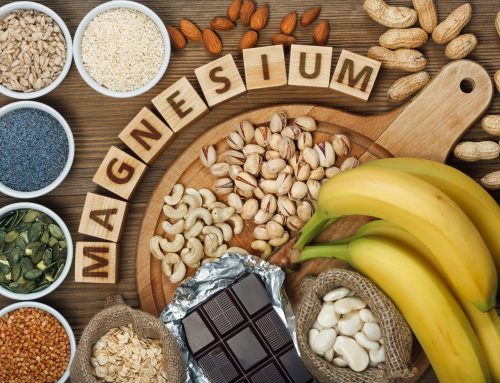
As most of you are aware Vitamin D is essentially for bone development and maintenance. If you are deficient in your later years of life, you are most likely to develop osteoporosis or osteomalacia (bone softening), whilst in younger years develop rickets. But due to recent research, Vitamin D is starting to get the respect it deserves as essential to our overall health.
Our main source of vitamin D in take is from natural sunlight exposure. Therefore, living in a country that is at times been termed the ‘sun burnt country’ and a culture that is geared towards the outdoors, it might come as a surprise that Vitamin D deficiency is prevalent in Australia. It has been estimated that a minimum of 25% of Australians are deficient and this figure increase in the winter months. In recent studies from residential care facilities, 55-86% of residents are to be Vitamin D deficient.
Besides the sunlight, Vitamin D is also obtained from the diet as ergocalciferol (vitamin D2), however food sources of vitamin D are limited, the main foods are fatty fish (salmon, herring, sardines, mackerel), eggs and liver.
The recommended daily requirement for vitamin D at the moment is 200-600IU per day. But due to recent research a minimum of 1000IU per day have shown to provide health benefits besides the bone development and growth. Maintaining adequate levels of vitamin D has shown to help reduce breast cancer, prostate cancer and colon cancer, whilst also helping to improve asthmatics’ lung function by reducing inflammation, reducing the risk of developing Type 1 Diabetes, Alzheimers, multiple sclerosis and rheumatoid arthritis. It has been shown to enhance the function of the immune system and reduce colds and flus.
A study in 2009 of Japanese children between ages 6 to 15, showed that taking 1200IU of vitamin D3 per day were less likely to catch influenza A infections and reduced the severity of flu cases seen. Another study by Cannell in 2006 proposed a convincing correlation between vitamin D3 supplementation and an increased resistance to seasonal epidemic influenza.
Studies of chronic migraine sufferers have been shown that 42% are actually vitamin D deficient. Research states that up to 4000IU – 5000IU per day can help to reduce the occurrence and severity of migraines. Other cases of mild hypertension have shown to have a benefit by increasing the amount of vitamin D levels in their body by sun bed exposure.
A study in the Jan 13, 2004 issue of Neurology showed that women with doses of at least 400IU per day are 40% less likely to develop multiple sclerosis compared with those that weren’t taking supplements.
Major risks factors to develop vitamin D deficiency are
- Limited sun exposure such as working indoors in an office.
- Elderly age and/or being instutionalised, house bound or non-ambulatory.
- Gastrointestinal diseases such as coeliac disease, which leads to mal-absorption from foods
- Certain medications such as antiepileptics
So before you go and grab your beach towel and head outdoors to put yourself on a spit rotisserie and get a tan, we all know that this isn’t all that good. As any dermatologist, Cancer Council and all the ‘slip slop slap’ campaigns have told us over the years, a tan leads to skin damage, which leads to life threatening skin cancers. Therefore we need to be smart about our sun exposure. We need approximately 20-30 minutes per day of sunlight on bare, non-sun screened skin. This will achieve approximately 20,000IU of Vitamin D. Best times of day to achieve this are early morning before 10am or late afternoon after 3pm.
For most of us this is not practical due to other commitments such as work and family or the weather. Therefore supplementation is highly recommended especially coming into the winter months of the year. Maintaining a minimum dosage of 2000-4000 IU daily (Vitamin D becomes toxic at levels of 40,000 IU daily for prolonged periods) can give you all the benefits of Vitamin D and help reduce the severity and occurrence of colds and flus this winter by boosting your immune system.



